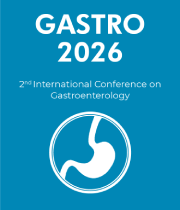Gastric Adenocarcinoma
Gastric adenocarcinoma is a type of cancer that forms in the cells of the stomach lining. It is the most common type of stomach cancer and is the fourth leading cause of cancer death in the world. Symptoms of gastric adenocarcinoma can include abdominal pain, nausea, vomiting, loss of appetite, and weight loss. If the cancer has spread, patients may also experience fatigue, difficulty swallowing, and blood in their stool. Diagnosis of gastric adenocarcinoma typically involves a physical examination, imaging studies such as CT or MRI, and endoscopic procedures. Treatment choices depend on the stage of the cancer and can include surgery, chemotherapy, and/or radiation. Surgery is often the most effective way to remove the cancer and is usually combined with chemotherapy and/or radiation. For those with advanced gastric adenocarcinoma, palliative care may be an option. Palliative care focuses on providing relief from symptoms and improving quality of life, rather than attempting to cure the cancer. This may include medications to reduce pain and nausea, nutritional support, and psychological support.



